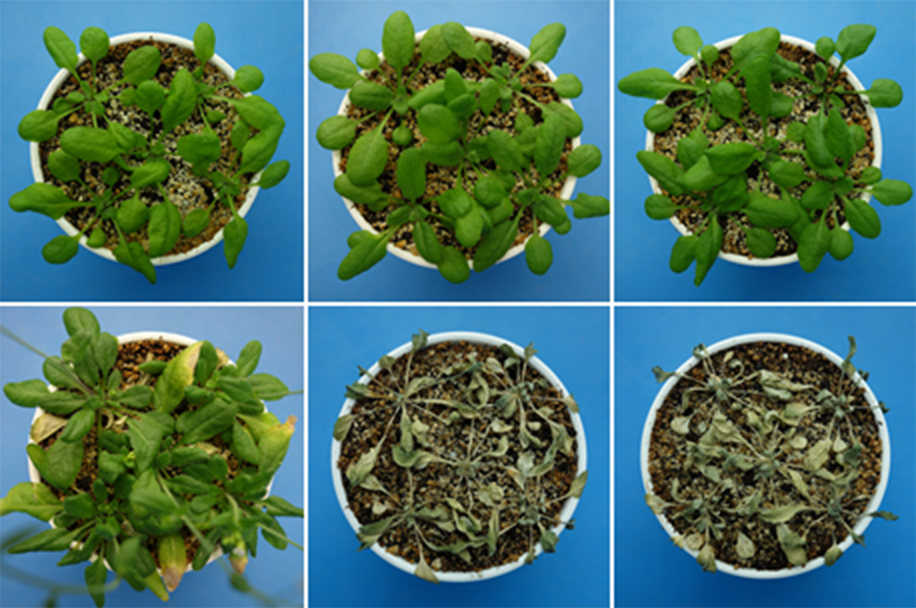
Plant hormone combats dehydration
Scientists show that CLE25 is a plant hormone that travels from roots to leaves and helps close stomata in times of dehydration stress.

Scientists show that CLE25 is a plant hormone that travels from roots to leaves and helps close stomata in times of dehydration stress.
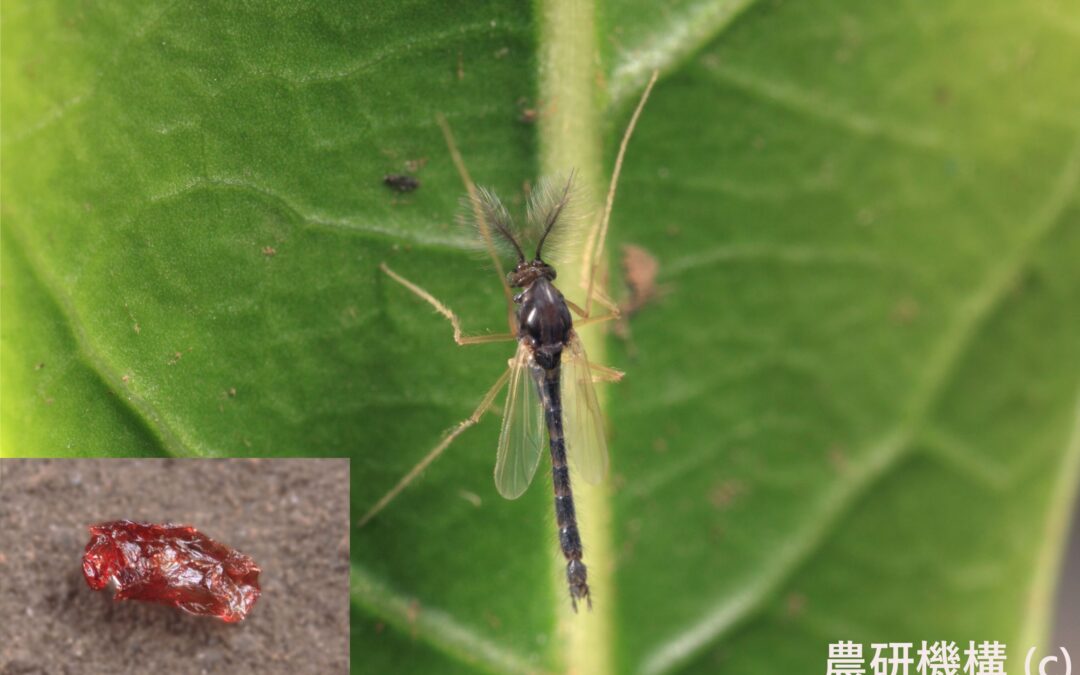
An international collaboration has determined that cooption of the Heat Shock Factor (HSF) gene system is what allows larvae of the sleeping chironomid to be able to survive severe desiccation.
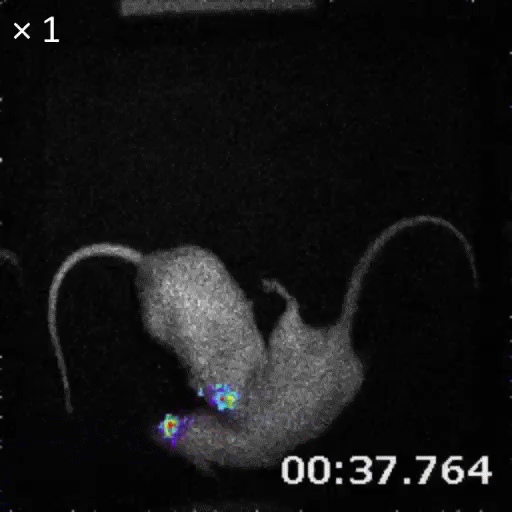
A new way to image the brain from outside the head using bioluminescence.
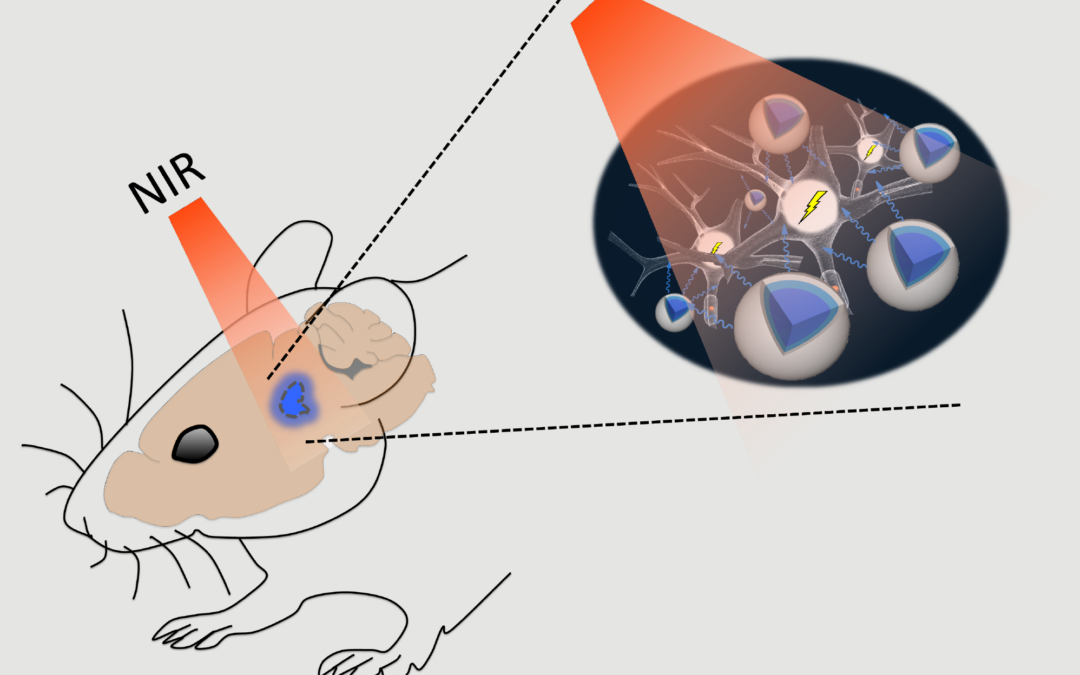
A new way to optogenetically activate neurons deep in the brain using infrared light and upconversion nanoparticles. It’s non-invasive!
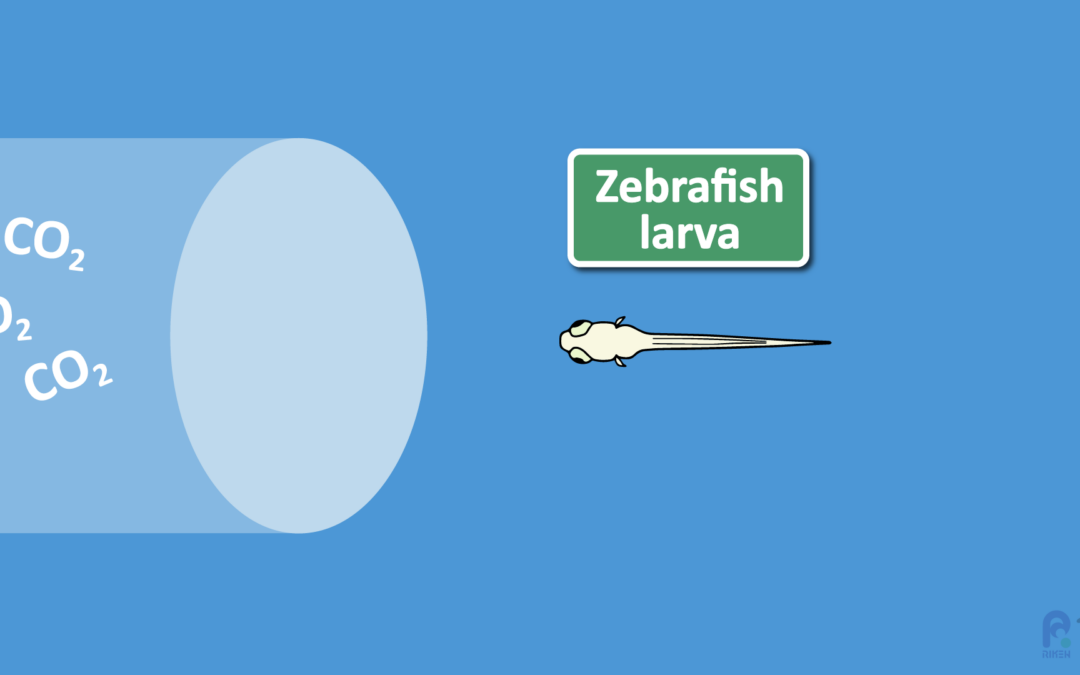
Even fish want to avoid carbon dioxide. Now we know that they can because of chemosensation and the Terminal Nerve.

Data from the Himawari-8 geosynchronous satellite was used in weather simulations to improve forecasts of sudden precipitation and tropical storm development.